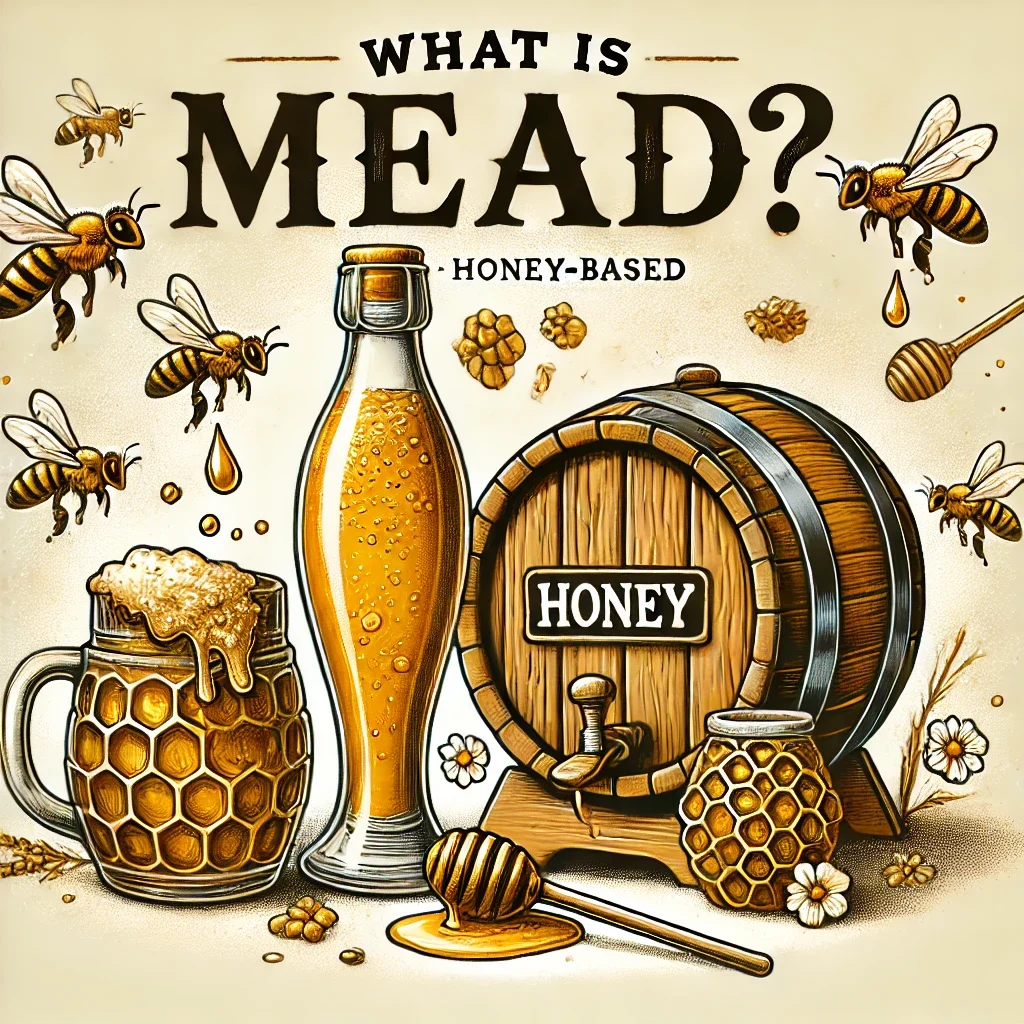In the mystical twilight of human history, there exists a beverage that has enchanted kings, inspired poets, and bridged the divine and the mortal. This ancient elixir, known as mead, is a drink of honey and enchantment, whispering tales from the cradle of civilization itself. To drink mead is to partake in a ritual as old as humanity, to taste the essence of myth and legend, and to embrace the mystery that flows through the veins of time.
The Origins of Mead
Mead is often regarded as the world’s oldest alcoholic beverage, with a lineage that stretches back over 4,000 years. Its origins are shrouded in the mists of antiquity, found in the sacred texts of ancient India, the sagas of Norse mythology, and the annals of Egyptian hieroglyphs. This ambrosial nectar, derived from the fermentation of honey, water, and sometimes fruits and spices, was believed to be a gift from the gods.
In many cultures, mead was more than just a drink; it was a symbol of life, fertility, and divine wisdom. The ancient Greeks called it “the nectar of the gods,” and in Norse mythology, it was said that the gods themselves drank mead to attain immortality. It was a staple at banquets, a centerpiece of celebrations, and a sacred offering in rituals and ceremonies.
The Alchemy of Creation
The creation of mead is an ancient art, a form of alchemy that transforms the simplest ingredients into a potion of profound complexity. The process begins with the selection of honey, the golden heart of mead. This honey is then mixed with water and yeast, and the magic begins as the mixture ferments.
The fermentation of mead can take months or even years, a period during which the flavors meld and mature. This slow transformation imbues mead with a depth and richness that is unique among beverages. The type of honey, the purity of the water, and the strains of yeast all contribute to the final character of the mead, making each batch a singular creation.
Additional ingredients, such as fruits, spices, herbs, and even grains, can be added to the fermenting mead to create a myriad of varieties. Melomel, made with fruit; metheglin, infused with spices and herbs; and braggot, a blend of mead and beer, are just a few examples of the endless possibilities that mead offers.
The Taste of Antiquity
To taste mead is to experience a journey through time, a connection to the ancient world. Its flavor can range from the light and floral to the dark and robust, from the sweet and dessert-like to the dry and sophisticated. Each sip is a revelation, a blend of honey’s natural sweetness balanced by the tartness of fermentation and the complexity of added ingredients.
The aroma of mead is often intoxicating, a bouquet of flowers, fruits, and spices that tantalize the senses. The mouthfeel can be smooth and velvety, with a lingering finish that invites contemplation and reverie. Mead is a drink to be savored, a reminder of a time when life moved more slowly and every moment was imbued with significance.
Mead Today
In the modern world, mead is experiencing a renaissance. Artisanal meaderies are springing up around the globe, each dedicated to reviving and reinventing this ancient drink. Mead festivals celebrate its rich history and diverse flavors, and it is finding its way onto the menus of fine dining establishments and into the hearts of a new generation of enthusiasts.
Mead is also celebrated for its versatility. It can be enjoyed chilled or warm, sipped slowly or used as an ingredient in cocktails and culinary creations. Its resurgence is a testament to its timeless appeal and the enduring human fascination with the art of fermentation.
To drink mead is to participate in a tradition that spans millennia, to connect with the ancestors who first discovered the magic of honey and yeast. It is a celebration of nature’s bounty and humanity’s ingenuity, a drink that carries with it the echoes of ancient feasts and the wisdom of the ages.
Discover more from K&K Meadery
Subscribe to get the latest posts sent to your email.




